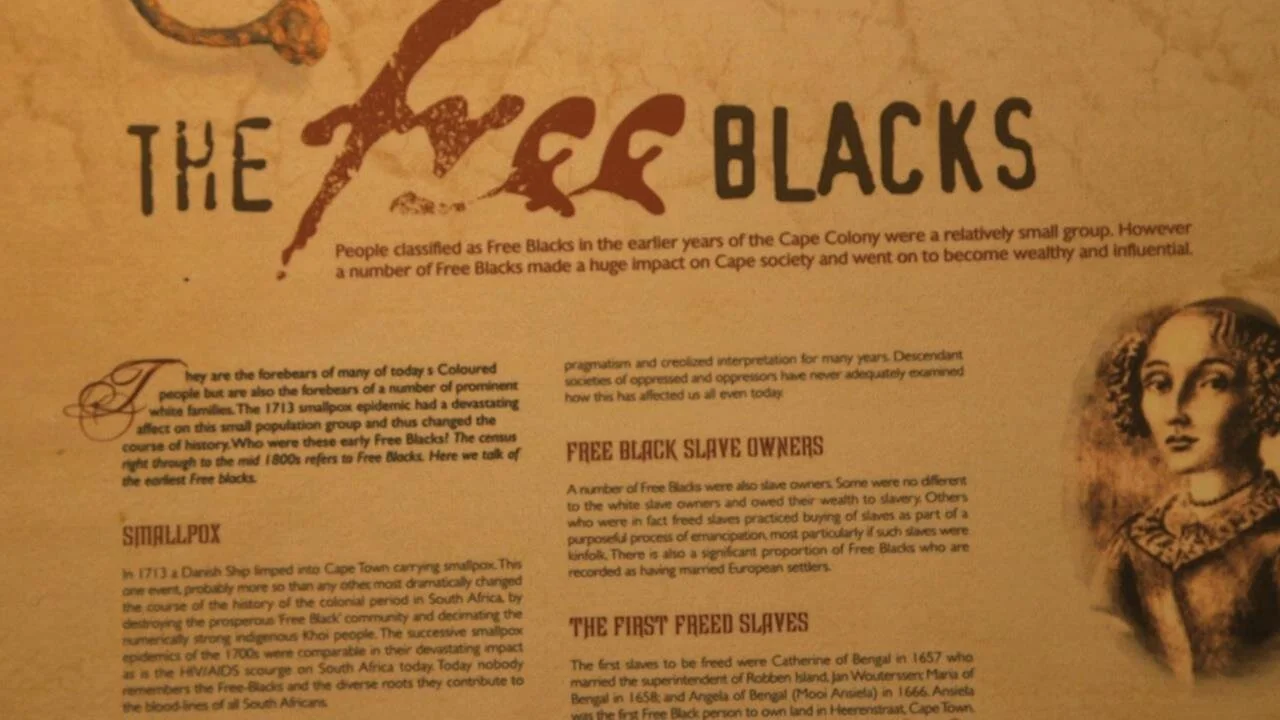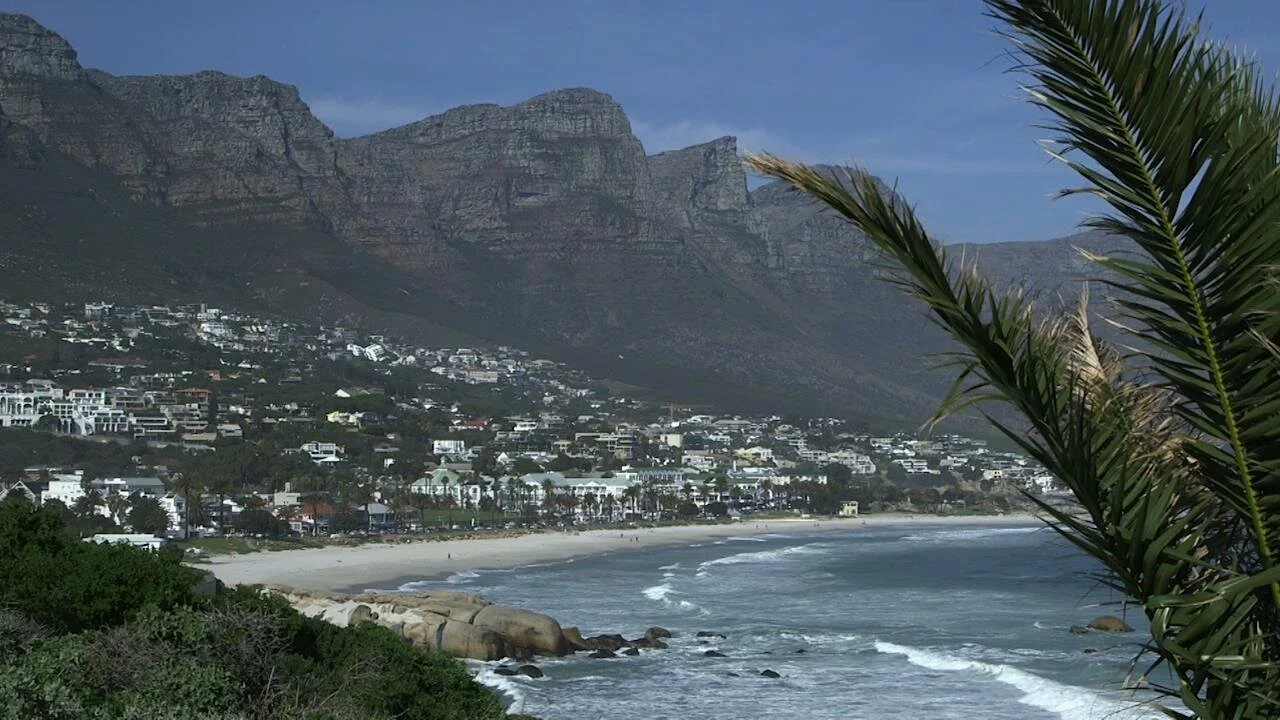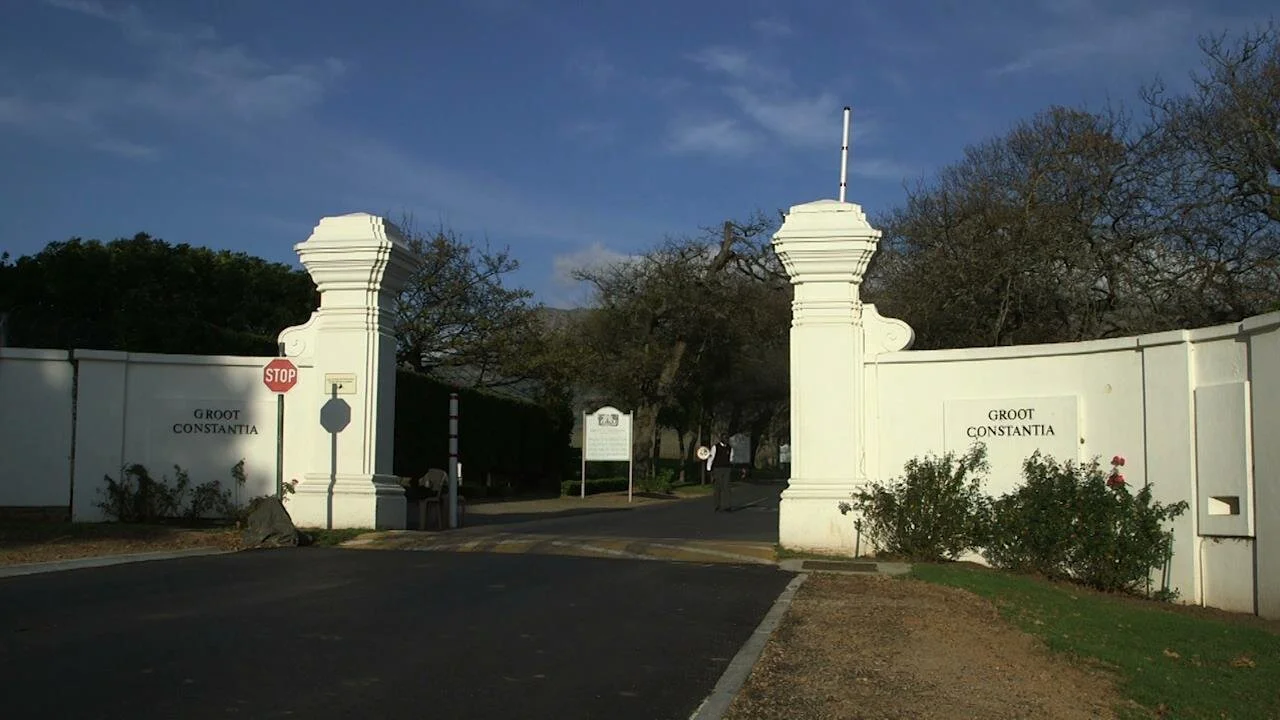Zwarte Maria Evert
Original owner of Camps Bay (1663 - 1713)
The parents of Zwarte Maria Evert were born in Benin and taken as slaves to the Cape. In their home country, there was a legendary female regiment known as the Amazon Warriors of Dahomey. It was a heritage that Maria came to embody as she rose from serfdom to become a prominent farmer and businesswoman. She was up against a colonial society dominated by European men but she died a very wealthy and respected woman. She was the first title deed owner of the farm that later became Camps Bay.
Zwarte Maria Everts was born at the Cape of Good Hope in 1663 to Anna van (of) Guinea, also known by her indigenous African name Hoena, and her common-law partner Evert van (of) Guinea.
Evert and Anna van Guinea, arrived at the Cape of Good Hope in May 1658 as part of a group of 220 slaves taken in Popo (Benin) by the slaver-ship Hasselt. Together with Koddo van Guinea, Maria van Guinea, Oude Hans van Guinea, Jajenne van Guinea, Adouke van Guinea, Deuxsous van Guinea, Dirk van Guinea and Regina van Rapenberg van Guinea, they were purchased by Jan Van Riebeeck. While in the employ of Van Riebeeck, Anna had a son with Dirk van Guinea in 1660.
Anna was later sold to Hendrick Hendricksz Boom by Van Riebeeck on his departure from the Cape in 1662 and was again sold in 1665 to Matthijs Coeijmans, together with her daughter Zwarte Maria. While under the ownership of Boom, Anna had given birth to Zwarte Maria Evert. From this time Anna started having a relationship with Evert and by 1671 after Anna and her daughter Zwarte Maria attained their freedom. This was probably as a result of Evert buying them from their owner who was leaving the Cape. From this time Evert and Anna were cohabiting together.
Freed Slaves
Evert did not have as hard a life as Anna and his daughter. He had been given his freedom in 1659 (manumitted), by Van Riebeeck and, is noted in history as the first male slave to be freed. He was awarded his manumission for having assisted Van Riebeeck with controlling the other slaves from West Africa who were using every opportunity to escape. His information helped to recapture some of the escapees. Effectively he was turned into an overseer and by modern standards would be considered a sellout. Freed slaves became part of the recorded ‘Free Black’ population, which also included migrants of colour such as Merdijker soldiers from islands like Ambon in Southeast Asia, or sailors, traders and adventurers.
Later in 1669 Evert van Guinea was granted a plot of land by Commander Jacob Borghorst near Roeland Street and Tuynhuys, where he lived and ran a market garden, growing fruit and vegetables. It was a sizeable plot of prime land in the middle of Cape Town with good access to water. Later he extended it by buying the plot adjoining his land from Hendrik Evertsz Schmidt in 1678. Later in life, Evert moved to Stellenbosch where he was the first of the early pioneer Free Black farmers, establishing the farm Welgelegen. Anna died in 1684 and Evert died in 1688.
Zwarte Maria, so named because of her deep black complexion, was born into slavery at the Fort de Goede Hoop and was sold with her mother, by Boom, to their next owner Coeijmans. Their freedom was purchased by Evert van Guinea from Coeijmans. From the age of 13 in 1676 when she was baptised along with her mother, Zwarte Maria Evert began to blossom. Having been a slave for all of her life, she was already a hard worker when she helped in the market garden. She watched Evert and learned to farm. Her very able entrepreneurship was born out of her engagement with selling the produce for Evert from the market garden. Evert taught her how to make deals and how one could acquire land. Through this she became shrewd at business and began investing in land.
The household of the Everts was tempestuous and they developed a reputation for clashes. Besides Anna’s own children they also fostered two other children who had grown up in slavery. All of the women of the household were constantly in trouble with the law. Evert, although very successful as a market gardener seemed to be constantly making loans, that he cleverly invested in land. But his loans were never repaid. Perhaps it was also Evert van Guinea who gave Zwarte Maria the first helping hand in her business ventures. But she also knew that she needed to put some distance between herself, the family and the turmoil in the house of Evert in the town centre.
A Formidable Businesswoman
Zwarte Maria was engaging, diplomatic and captivating as a person and like many of the women enslaved or born into slavery she sought out good opportunities and used this as a ladder to put as much distance between herself and her former life as an enslaved person. At 16 she got married to a Free Black, the former Angolan slave by the name of Jackie Joy van Angola (aka Gracias van Angola). This was the first time at the Cape that two West Africans got married in church. It was to be her only formal marriage.
The year 1679 was a topsy-turvy year for her. It was the year in which she was convicted for harbouring an escaped slave (and sentenced to six months hard labour) and the year of her marriage to one of the Cape’s most charmingly errant characters. It was not a long marriage because the couple were legally separated in July 1680 after Jacky Joy accused Zwarte Maria of trying to poison him. Mr Joy had met his match. It is out of these trying circumstances that Zwarte Maria turned around her fortunes over the next 33 years.
Zwarte Maria became one of the formidable farmers of the turn of the 17th and 18th centuries who became the owner of several farms in Cape Town and along the coast. Her success was monumental. She planted vines, fruit trees, wheat, corn and raised cattle and sheep. In 1713, before her untimely death, Maria received the first title deed from the United Dutch East India Company for a farm in the area. A piece of land just over the neck between Table Mountain and Lions Head, right down to the sea. The land later became known as Camps Bay.
At the peak of her success a visiting Englishman Samuel Briercliffe who met the striking Zwarte Maria Evert described her:
“She is a tall woman, very black, having sparkling eyes which, though frightful in her, yet would be very killing in an English face, but she is a very good hostess, and provides for us splendidly and neatly withal …”
Alas this meeting was shortly before she fell prey to the great smallpox epidemic of 1713. A Danish ship that had an outbreak of smallpox on board docked in Table Bay. They gave their dirty linen to the slave washerwomen, who used the river for washing. From that incident a ravishing epidemic spread throughout the entire colony and up the West Coast. The body count rose day by day. Maria died in June 1713 shortly after she signed her own will on 8 Jun 1713. Her son Jacobus, fathered by Willem ten Damme died in the epidemic two weeks later. She left a substantial estate as she was one of the wealthiest people in the colony.
Maria is recorded to have had a number of relationships starting in her teens, as had all the women in the house of Evert van Guinea. She only ever married Jackie Joy, but had relationships with a man by the name of Kraak, Willem ten Damme, and with Bastiaan Colyn. She had four children with the latter, one with Willem ten Damme and one with Kraak, and one possibly with Jacky Joy. Maria Everts’ son, Johannes Colijn, went on to become a prominent winemaker at Groot Constantia farm. He was one of the first people to export Cape wines across the world. This was the beginning of Cape wines having an impact on international markets for nearly 150 years during the 18th and 19th centuries.
In 2003 when opening Cape Town’s new International Convention Centre, President Thabo Mbeki paid tribute to the pioneering and innovative spirit of Zwarte Maria Evert and said: “This is surely a triumph for descendants of slaves who came in chains and yet epitomise the very role models, which we now seek in re-shaping and renewing our African continent.”
References
Alpern Stanley B; Amazons of Black Sparta: The Women Warriors of Dahomey; New York University Press (2011)
Robertson, Delia; The First Fifty Years Project. http://www.e-family.co.za/ffy/
Mansell G Upham; Uprooted Lives – Unfurling the Cape of Good Hope’s Earliest Colonial Inhabitants (1652 – 1713); At Earth`s Extremest End … Op`t eijnde van de Aerd… The genealogical impact of the ‘Angola’ & ‘Guinea’ slaves at the Cape of Good Hope in the 17th century; http://www.e- family.co.za/ffy/RemarkableWriting/UL20ExtremestEnd.pdf
Schoeman Karl; Early slavery at the Cape of Good Hope, 1652-1717; Protea Book House; Pretoria (2007).
Mbeki Thabo – http://www.polity.org.za/article/mbeki-opening-of-cape-town-international- convention-centre-28062003-2003-06-28
Van Rensburg André; Website: South African Stamouers; http://www.stamouers.com/stamouers/surnames-v-z/539-van-guinee-evert-en-anna-van-guinee
van Rensburg André; Website: South African Stamouers; http://www.stamouers.com/stamouers/a- c/103-colyn-bastiaan



